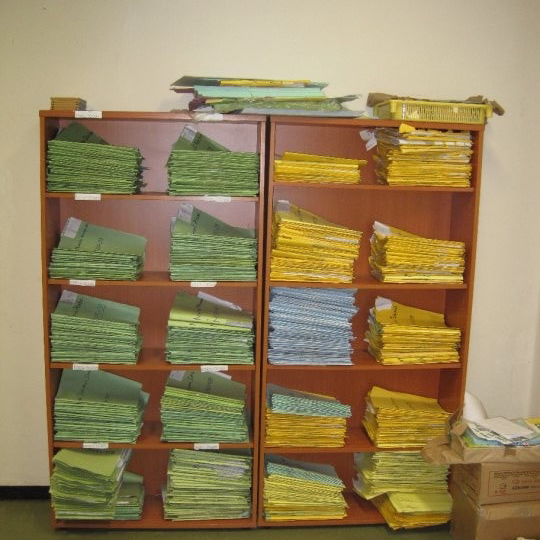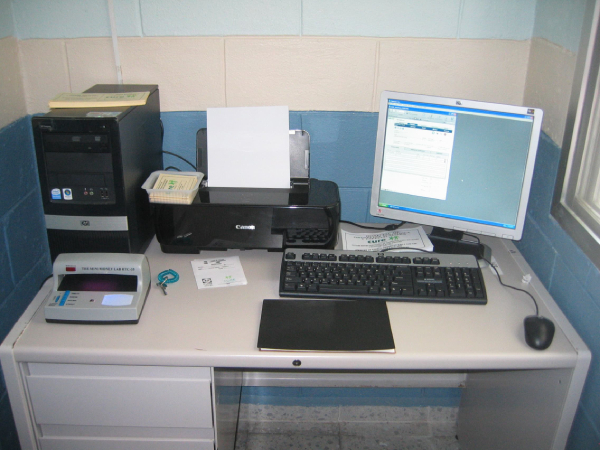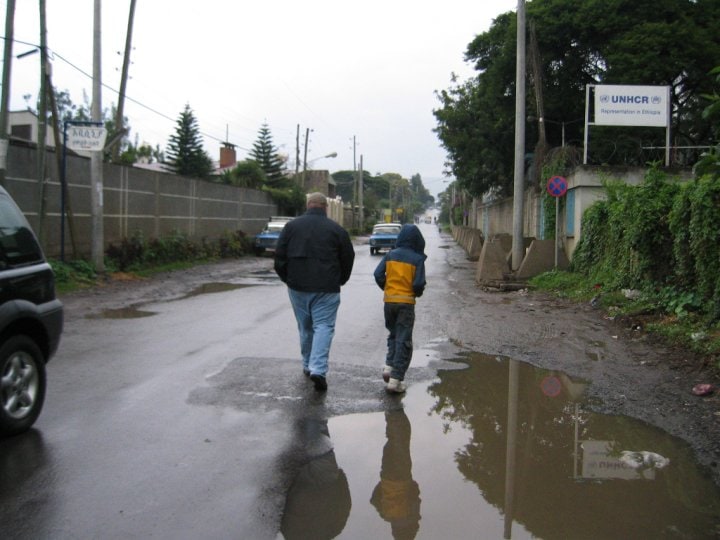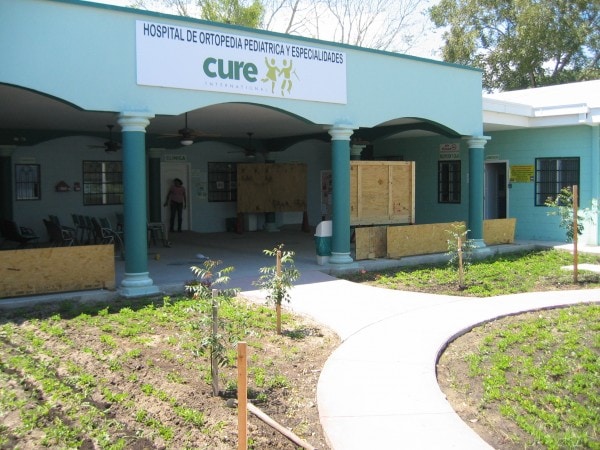Case Study: CURE International
Just What The Doctor Ordered

In 2009, CURE International needed a better way to track its patient data so the information could be standardized and analyzed more efficiently. With 10 hospitals world-wide utilizing a mix of paper-based and electronic medical record (EMR) systems, they lacked the ability to collect data, accurately record statistics, keep track of finances, monitor inventories, do research and most importantly – use their data to influence quality patient care.
They needed a solution fast, one that was flexible and adaptable and one that would be adopted immediately.

Many of CURE’s small hospitals lacked the ability to record social, demographic, billing or spiritual counseling information. They also couldn’t digitally track inventories or generate reports.
As a nonprofit organization providing medical service outside of the U.S., they had determined that there were no suitable off-the-shelf solutions to meet their unique processes and also manage the language barriers. That’s when CURE turned to MainSpring to build their own EMR system using FileMaker Pro.
CURE’s Trevor Bunch, a talented information architect and now the chief information officer of their UAE operations, volunteered to work with MainSpring as the project team lead. “I was impressed with FileMaker’s flexibility,” Bunch said. “We needed a program that people of all experience levels could master and that was cross platform.”
With a custom FileMaker solution, MainSpring was able to help CURE address key challenges and features to meet requirements, like tracking patient demographics, diagnoses, treatments, clinical notes, scheduling, medical imaging, financial contributions and spiritual guidance. They then performed rigorous testing over the course of three months, with the first deployment scheduled for a new CURE hospital that was under construction in San Pedro Sula, Honduras. Within that time frame, MainSpring traveled to CURE hospitals in three locations (San Pedro Sula, Honduras, Addis Ababa, Ethiopia, and Santo Domingo, Dominican Republic). In each case, CURE and MainSpring made key localization and workflow modifications to the system to ensure the system worked the way the hospital worked.
With their new EMR system, CURE standardized their medical records in three hospitals, enabling the digital capture of thousands of patient records. In each hospital, the system supplanted paper-based medical recording and enabled doctors to easily keep track of their patients’ information.
Today, more than 7,200 medical professionals at CURE hospitals have a tool that helps provide easily accessible and searchable data they use to make better-informed decisions on patient care. They are able to see what treatments are working across a variety of ailments and apply that knowledge to other patients.
Practitioners also use the system to produce higher quality reports which allow CURE to request grants to serve more patients at their hospitals.


Founded in 1996, CURE International is a global nonprofit organization based in Lemoyne, Pa., serving sick children around the world who without care could die from their condition. CURE operates charitable hospitals and programs in 30 countries where patients receive surgical treatment regardless of gender, religion or ethnicity.
Solution: Agile Development and a User Centered Design (UCD) Approach

- Developed the solution via the Agile Development Process
- Used a UCD approach to deploy an application that was supported in all locations
Let's Get Started
We’ll discuss your business, needs, and expectations to
get you on a path to better IT.

